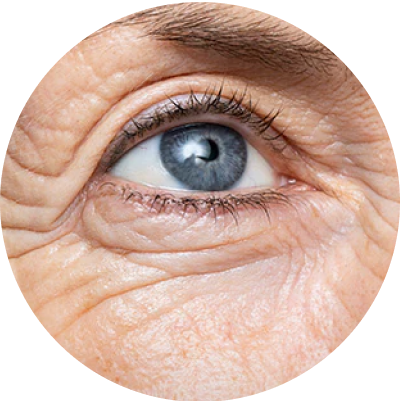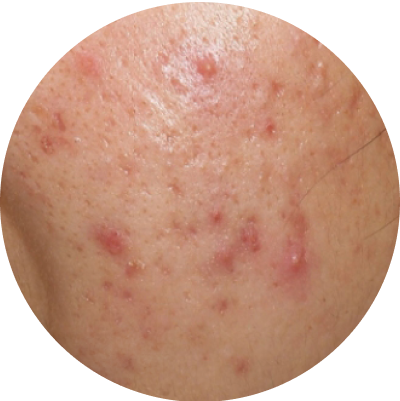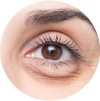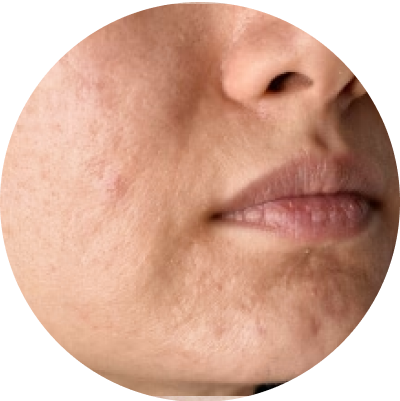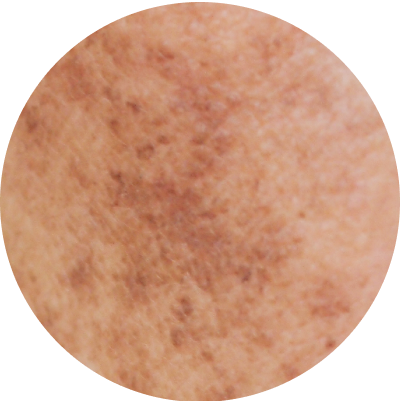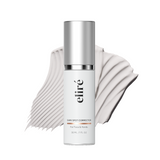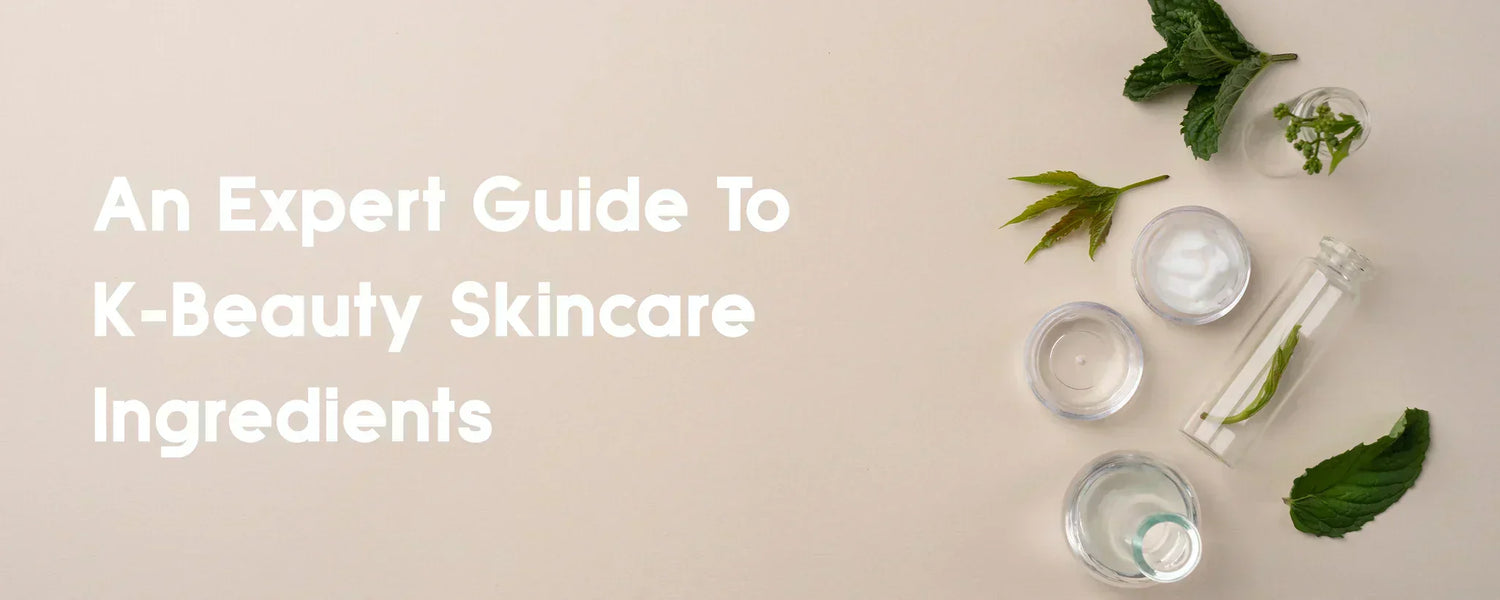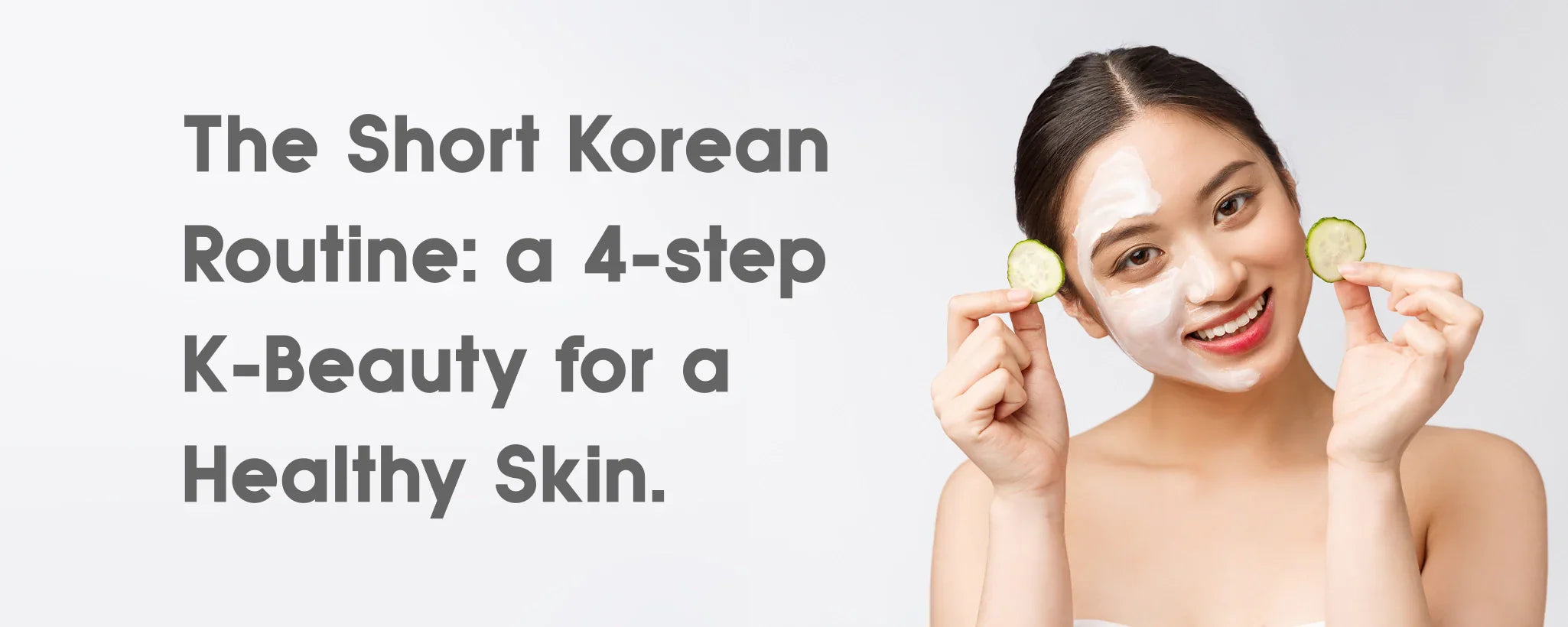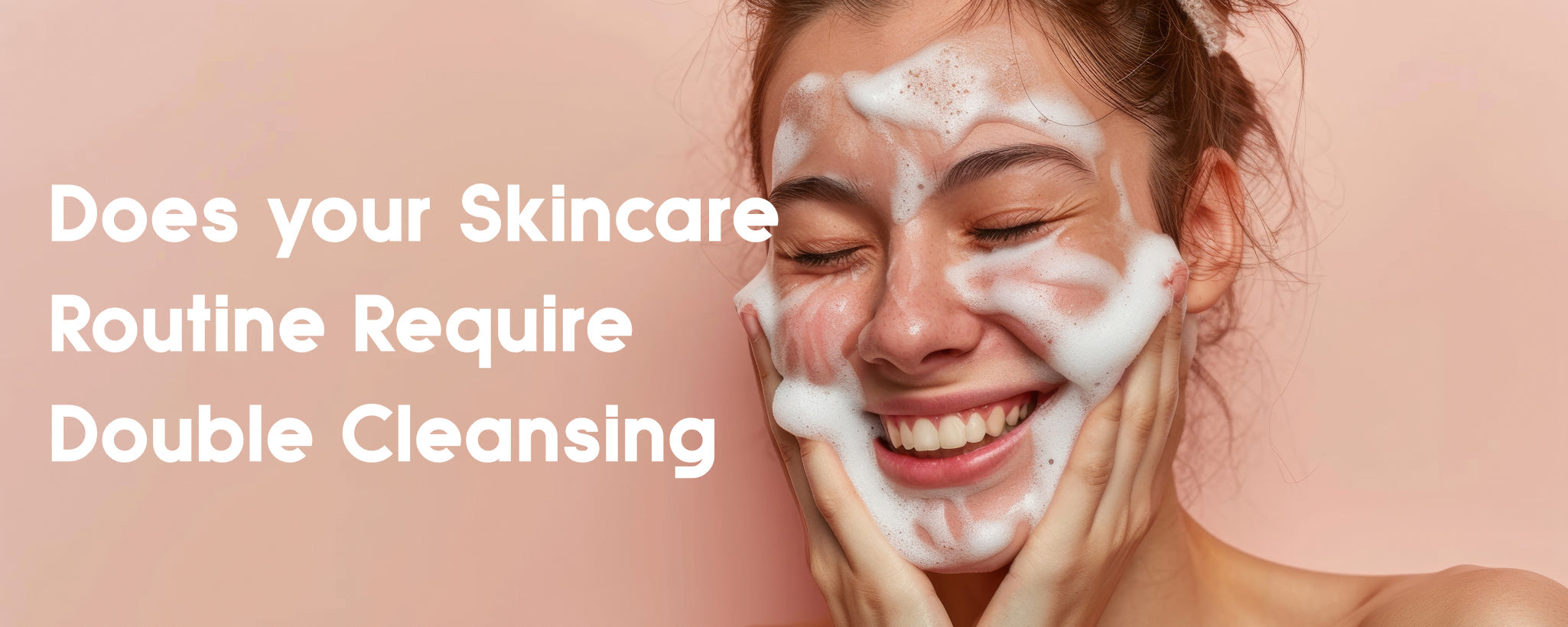Ever wondered what really makes Korean skincare different? What is the hype all about? Well, it’s more than just the smooth feel or creative routines. The real difference comes from the powerful Korean skincare ingredients working behind the scenes.
This blog will help you understand them. We’ll look past the hype and focus on the science.
Importance of Ingredients in Korean Skincare
Ingredients matter most in skincare, generally. The eye-catching packaging and marketing can draw users in, but clearer, healthier skin comes from the ingredient list on the back of your favourite products. The reason for this is that what you put on your skin matters most. This way, you can select products that maintain the overall health of your skin, and at the same time, avoid ineffective or irritating ingredients.
Brands use marketing to tell their product’s story, but it is the ingredients that make the difference. This idea is at the core of Korean beauty. The reason why is Korean skincare better is because instead of quick fixes or harsh treatments, it favors gentle, thoughtful care. The focus is on hydrating, strengthening, and soothing the skin over time. Potent innovative skincare ingredients are used in balanced amounts to support your skin. The main goal is always a healthy skin barrier.
Your skin barrier is like a base. When it is strong, your skin stays moist, calm, and naturally bright. But does Korean skin care work? Many people say yes because it uses ingredients that protect and repair your skin barrier. Korean skincare’s main goal is to perform so as to maintain long-term skin health, not just give quick results. These ingredients combine traditional natural remedies with modern science. They work together to really care for your skin.
The Top Trending K-beauty Ingredients to Look Out For
K-beauty boasts an extensive lineup of ingredients. A few have become globally recognized for their impressive, multi-functional benefits. The main difference between Korean vs. American skincare is that the K-products protect the skin and prevent problems early on with natural materials, while the latter addresses multiple issues at once using potent chemicals.
Many come from traditional Asian medicine but are improved by modern science for better results. The focus stays on real results, not just using trendy ingredients.
Below are some of the popular Korean skincare ingredients known for creating the signature mirror skin.
-
Centella Asiatica (Cica)
You might know it as Tiger Grass, a name that points to its well-known healing powers. For centuries, this simple plant, officially called Centella Asiatica, has been used in Eastern medicine. These days, it’s become a modern favorite because it can calm and repair irritated skin.
More people are searching for Cica, with searches going up 10% in the past year to 1.7 million each month as of March 2025. The global Cica skincare market is also expanding. It is expected to grow from $750.3 million in 2023 to $1.16 billion by 2030.
So, why is Cica so popular? You can think of it as a gentle, healing touch for your skin. Its main benefits include:
- Calming inflammation and reducing redness
- Accelerating wound healing
- Fortifying your skin’s natural barrier
For irritated skin, cica soothes it by sinking into the skin and healing it from the inside. It also makes the skin’s defense system strong, which helps the skin not get irritated from exposure to short-term irritants. For those who suffer from acne, sensitivity, or skin healing from laser or microneedling treatments, this ingredient is a real hero.
It is easy to incorporate into your daily routine and works well with other relaxing ingredients to help calm your skin.
You can find this powerhouse ingredient in Elire’s Crepe Fix. This makes it an ideal pick for gently soothing and repairing the skin around your eyes and neck.
-
Niacinamide
Niacinamide is a very skin-friendly form of vitamin B3 that helps your skin with almost all its problems by keeping it healthy. This is a form of vitamin B3 that has the ability to go into the skin and work its magic. It can fade spots, brighten skin, close large and open pores, reduce the production of oil, and soothe inflammation.
The good thing is that it is compatible with nearly every skin type. If you have aging, oily, or mixed skin, then your best bet might be niacinamide. Contrary to popular belief in the old days, it is compatible with high-potency ingredients such as peptides and vitamin C.
With regular use, you’ll notice smoother and brighter skin in 4 to 6 weeks. This key ingredient is present in Aging Repair Cream, Anti-Aging Eye Cream, and Repair Eye Cream. It will work with other actives to brighten, refine, and restore your glow.
-
Snail Mucin
Snail mucin is packed with nutrients. It contains allantoin, glycolic acid, antioxidants, and proteins such as collagen and elastin. Because of this mix, the benefits are wide-ranging. It hydrates, supports healing, boosts collagen to reduce signs of aging, repairs the skin barrier, and softens the look of acne scars.
At this point, you might wonder how it is collected. Well, in the Korean beauty industry, it is done ethically. This means that the snails remain safe and unharmed during the process.
This ingredient can be especially helpful for dry, dehydrated, mature, or scarred skin. To get the most from it, apply snail mucin to slightly damp skin after cleansing. Let it absorb before moving on to your next step. With regular use, you will feel your skin well-nourished and supple.
-
Mugwort
Mugwort is a historic ingredient in herbal medicine. It is derived from the Artemisia plant. Rich in vitamins, this herbal extract is known for its calming and cleansing properties. It calms the skin with antibacterial and antifungal effects as well as strengthens the skin barrier.
You will often find mugwort in products that are marketed for sensitive or acne-prone skin. It's a good option for oily or congested complexions. But since it can be slightly drying, start by using it 2-3 times a week and always follow with a moisturizer.
-
Hyaluronic Acid
Many Korean products use hyaluronic acid in several forms. The smaller molecular sizes sink deep into the skin to internally moisturize, while the larger molecular sizes keep the surface hydrated.
This humectant absorbs and retains moisture. This makes it a staple in hydrating serums and creams. It can hold up to 1000 times its weight in water, which helps pull moisture into the skin and makes it look fuller.
Always apply hyaluronic acid to damp skin and lock it in with a moisturizer. Our Dark Spot Corrector features multi-weight hyaluronic acid as a key ingredient, which deeply hydrates while helping to fade the appearance of dark spots.
-
Rice Water
Rice water is a traditional Korean ingredient used in toners and essences for centuries to brighten and soften the skin. It contains antioxidants and vitamins that gently exfoliate and help refine the appearance of pores. Because of this property, it is widely used in skincare products.
If your skin is dull, uneven, or oily, use rice water to give it a gentle boost. It offers a soft glow without overstripping. Add it as a toner or essence for a brightening effect.
-
Propolis
Propolis is a natural resin that bees make from consuming tree sap and wax. It protects and heals the skin. Propolis is packed with antioxidants such as flavonoids and phenolic acids, which is the reason it is effective in reducing inflammation, fighting bacteria, and supporting skin recovery.
If you struggle with breakouts, sensitivity, or want some extra protection against daily stressors, propolis is a gentle and effective choice. But if you’re allergic to bee products, be sure to do a patch test first.
-
Green Tea Extract
Green tea extract is a popular ingredient full of antioxidants like EGCG. It shields the skin from environmental stress, calms irritation, and helps control extra oil. It’s a good pick for sensitive, acne-prone, or sun-exposed skin. You can use green tea with ingredients like Vitamin C, Niacinamide, or Centella to further boost your skin health.
-
Ginseng Root Water
Ginseng has a long history in Korean herbal medicine thanks to its revitalizing effects. It contains compounds like ginsenosides and saponins that boost circulation, brighten the skin, and make it firmer. If your skin looks tired or lackluster, ginseng can bring back its natural glow.
-
PLLA (Poly-L-Lactic Acid)
PLLA was initially used in professional treatments, but it can now be applied externally in the form of topical creams. It causes the skin to produce more collagen over time, which enhances the skin’s thickness and elasticity.
However, you must apply it regularly for it to be effective. In most instances, users see fewer lines and more volume between 8 and 12 weeks of use. PLLA is an effective treatment for correcting signs of aging, including wrinkles and loss of firmness.
How to Choose Products Based on Ingredients
When choosing skincare, the first step is to check the ingredient list. Focus on the first five to seven items because they make up most of the product.
Next, look at concentration levels: niacinamide works well at 5–10 percent, while vitamin C is effective around 10–15 percent.
After considering your skin type, match ingredients accordingly. Hyaluronic acid and ceramides support dry skin, while salicylic acid helps oily or acne-prone types. Follow proper layering techniques. Use water-based serums before creams or oils.
Before fully incorporating new products, always patch test on a small area. Once you have found good options, look at how much they cost compared to how well they work. Powerful ingredients like retinol or peptides can be found in both cheaper and more expensive products. Avoid formulas with excessive fragrance, harsh preservatives, or pore-clogging oils.
What Ingredients to Avoid Together
Active ingredients are those topical ingredients that are potent. Some of these ingredients do not suit each other, which means when they are used at the same time, they irritate the skin. Here are a few combos you should steer away from:
-
Strong exfoliating acids like glycolic acid and retinol: Do not layer them together in the same routine, as this combination can be too harsh. This could irritate and make your skin weaker.
-
Vitamin C (L-Ascorbic Acid) with Niacinamide: Vitamin C works best when it is not combined directly with niacinamide, as the mix reduces the effectiveness of either of the products. Those with very sensitive skin may still use Vitamin C in the morning and Niacinamide in the evening.
-
Multiple High-Potency Actives: Do not pile on multiple exfoliators or retinoids at once. Start gently and let your skin get comfortable with the product.
Frequently Asked Questions
Does Korean skincare have better ingredients?
It is not true that Korean skincare is better than other types and industries of skincare. But it is popular because it uses gentle and innovative ingredient combinations. This is not something that other skincare industries often focus on. Korean products are also mostly based on ancient Korean healing sciences. The philosophy of Korean skincare is to care for and protect the skin and not try to fix one problem.
What is the main ingredient in Korean skin care?
Korean skincare has no single magical ingredient or secret. Its power lies in the concept of hydrated and nourished skin. Hyaluronic acid, snail mucin, and ceramides are ingredients that moisturize and repair skin, so it has that glass skin, dewy appearance.
What do Koreans use instead of retinol?
While a number of individuals use retinol, gentler alternatives like bakuchiol, peptides, and ginseng are better alternatives. These relax wrinkles and maintain skin firmness without the increased risk of redness that is generally triggered by using regular retinol.









